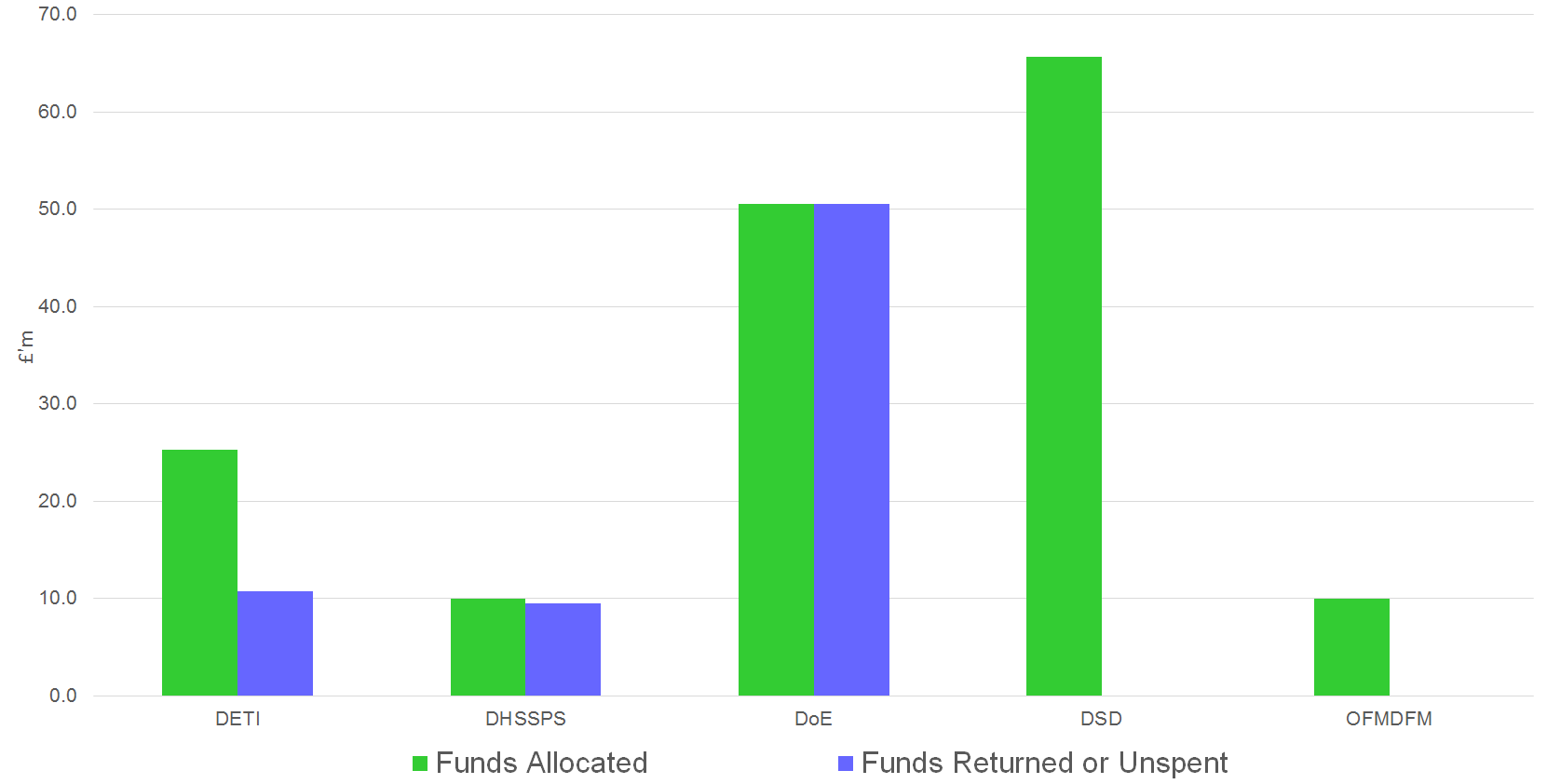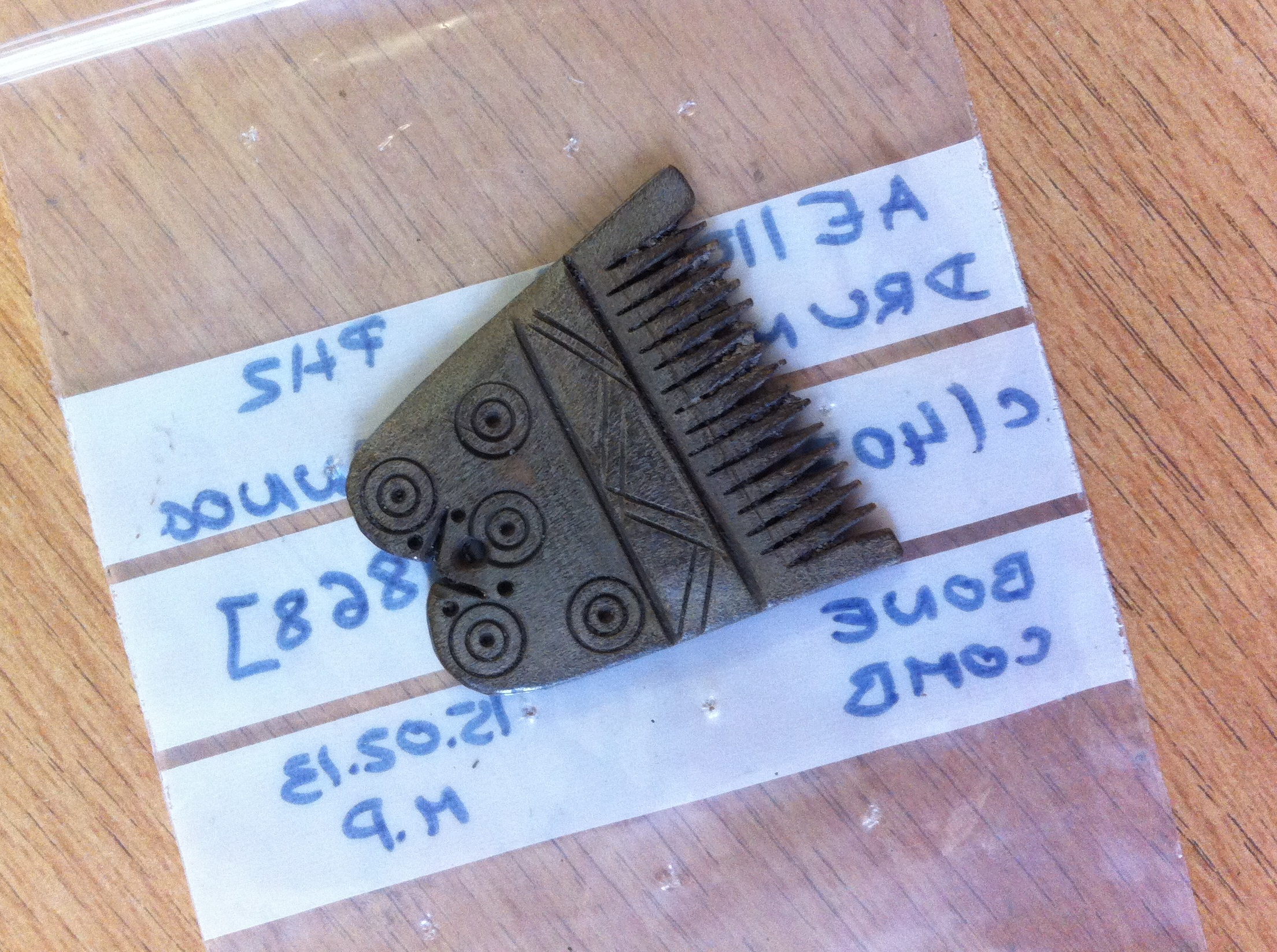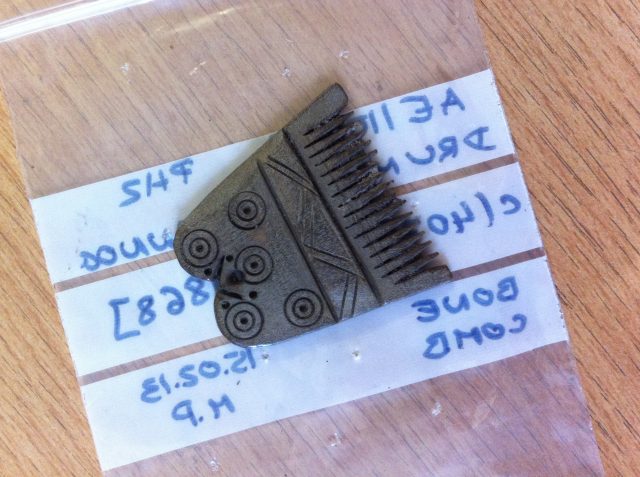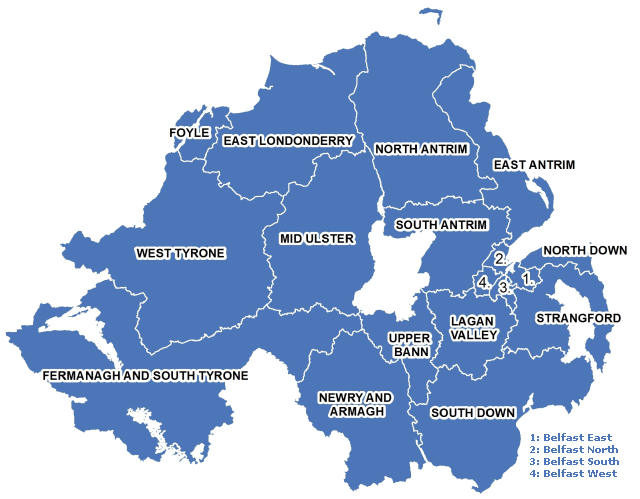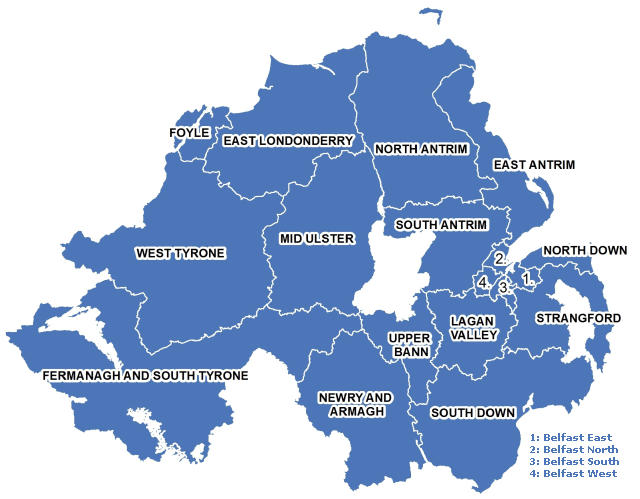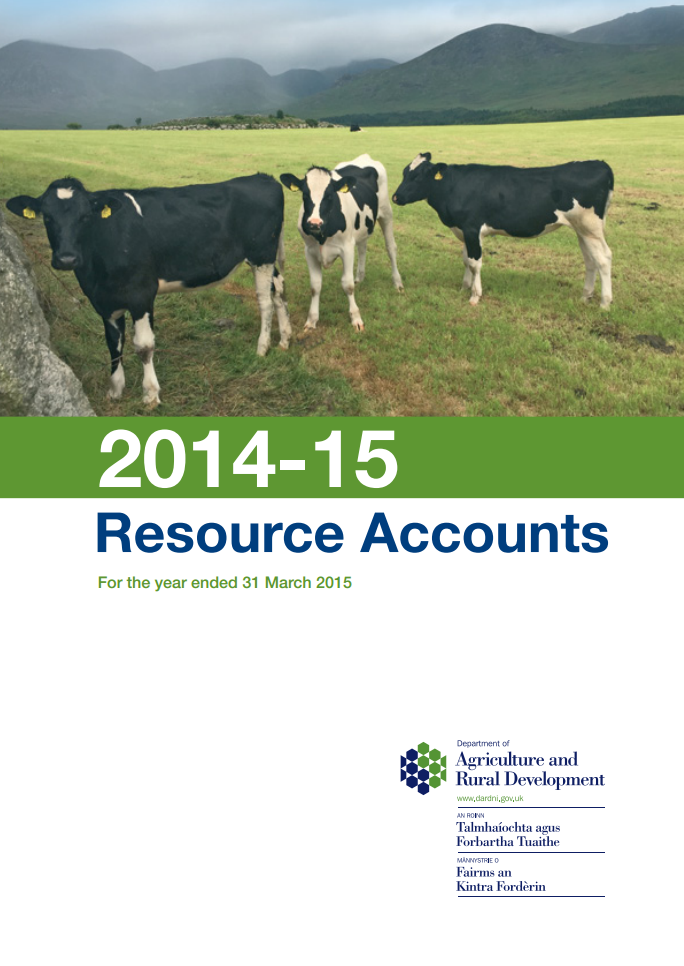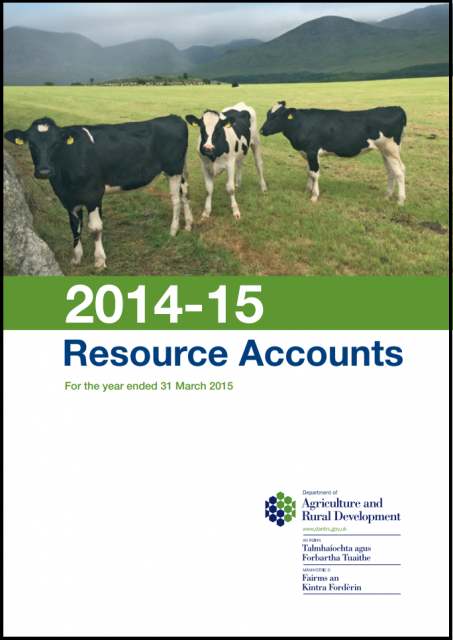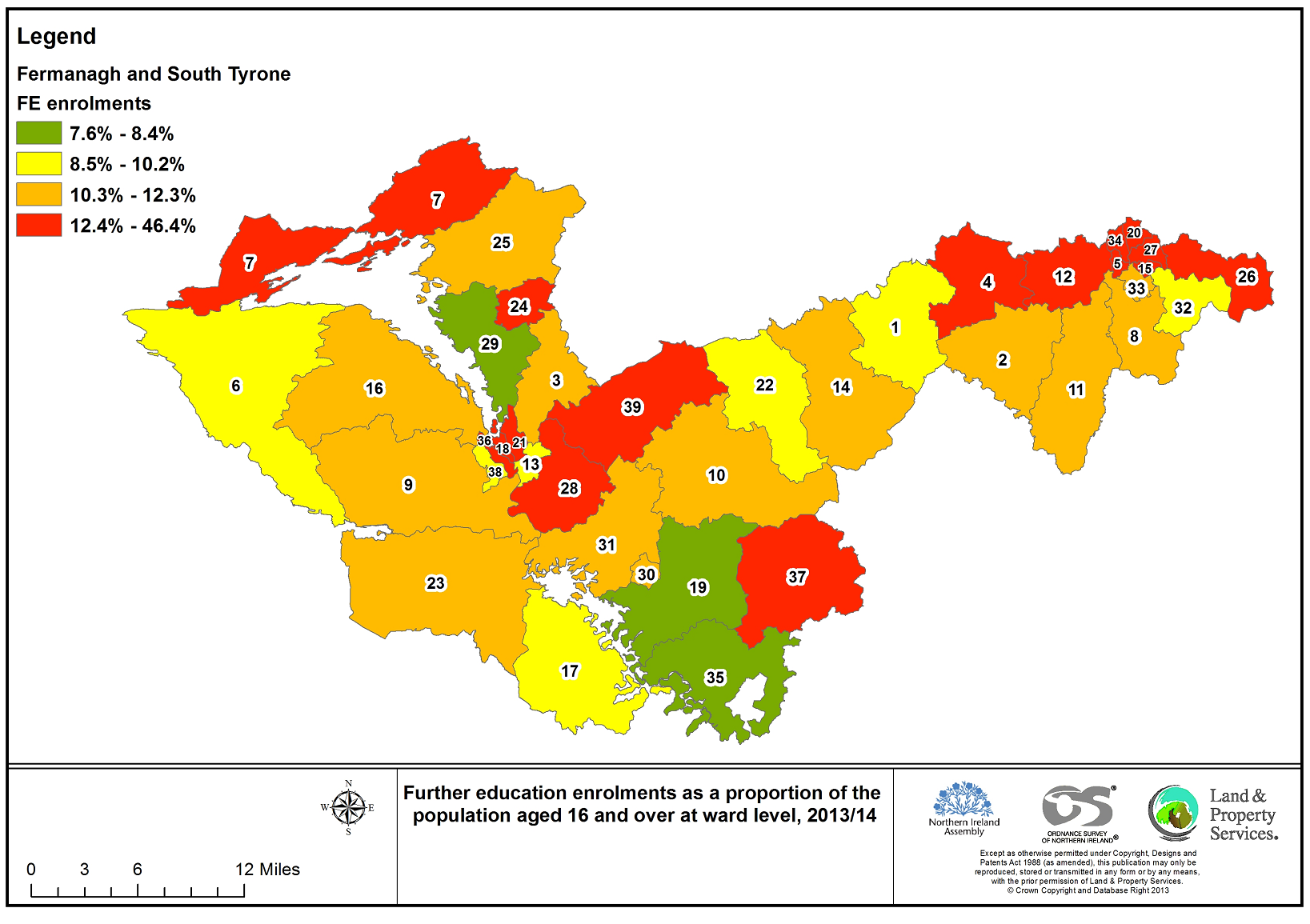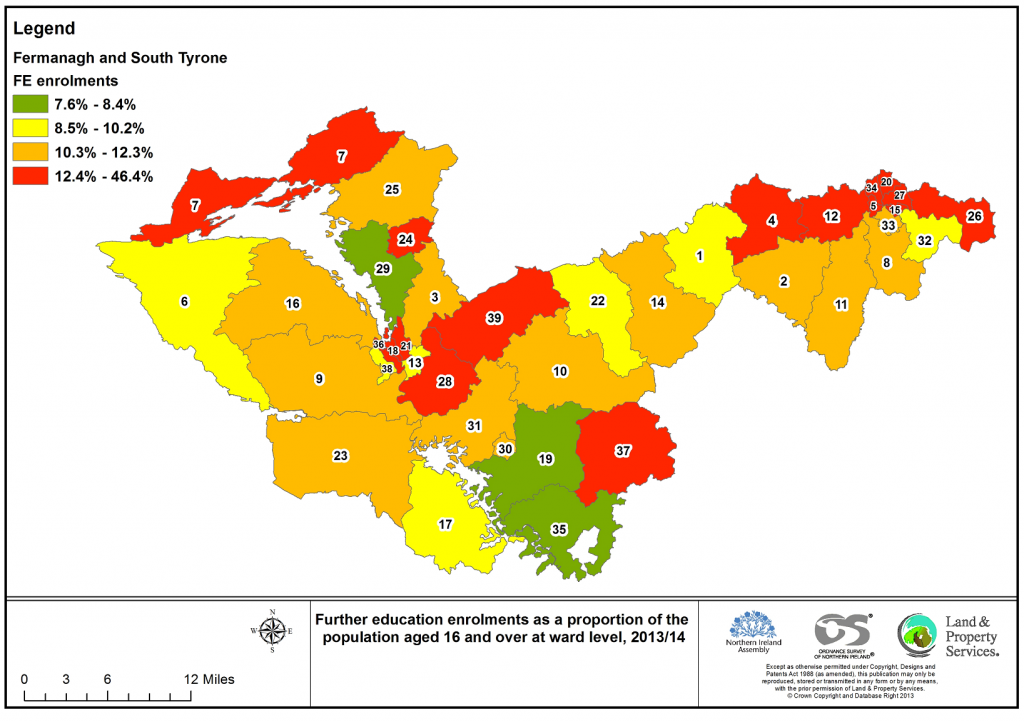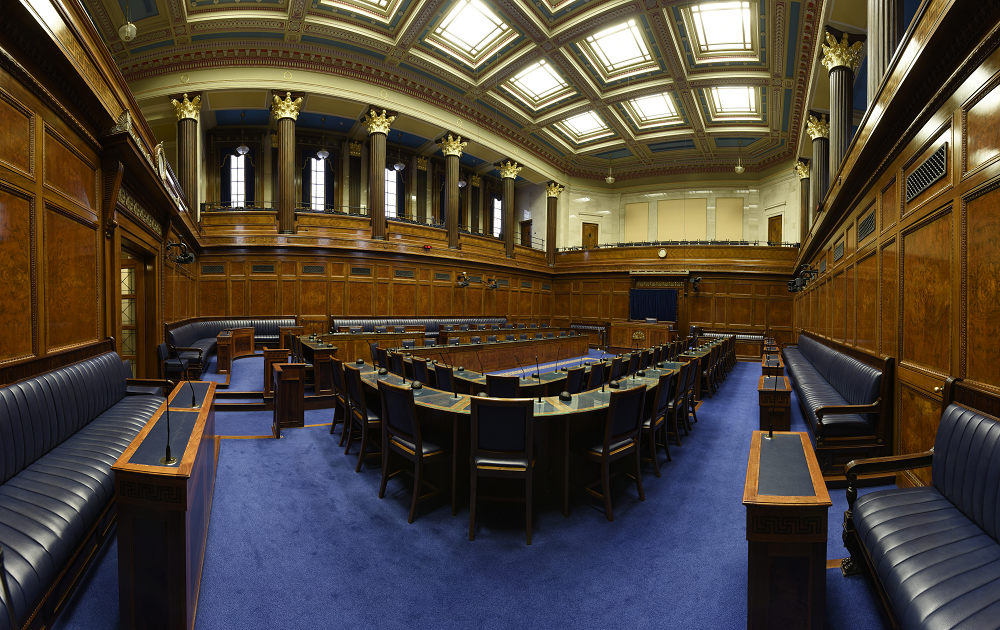Financial Transactions Capital: What is it, and how can it be used?
Financial Transactions Capital (FTC) is funding allocated to the Executive by the United Kingdom (UK) Government. The Executive has discretion over FTC allocation to projects. However, FTC can be deployed only as a loan to or equity investment in a capital project delivered by a private sector entity (‘private sector’ is defined here using the Office of National Statistics classification and includes charities and universities).
Read More »Financial Transactions Capital: What is it, and how can it be used?


